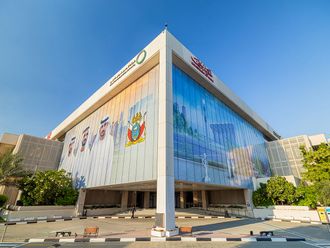Dubai: The upward pressure on Dubai’s residential rents continues to mount even as new homes are getting delivered in higher numbers — in the first three months of this year, rentals were up by 7 per cent over the fourth quarter of 2013. On a year-on-year basis, Dubai’s tenants may have seen a 23 per cent increase on average in what they are paying to their landlords, according to an update put out by consultant JLL.
Apartment rentals — and the most worrying for the vast majority of the city’s tenant base — recorded a 26 per cent annual gain, while those for villas were slightly muted at 12 per cent. The JLL forecasts, however, suggest that the pace of rental increase might be slowing down.
If it has to slow down appreciably, more of the immediate property supply needs to get into the hands of end-users. In the first quarter, around 1,800 units were handed over in the city and a further 24,000 are expected for the full year, based on JLL estimates.
In all, 39,000 homes are to be delivered in the next two years, which would be a 9 per cent increase over the existing total stock of 365,000 units in Dubai. The question would then be whether this represents a sufficiently large base to keep medium-term rental increases in some sort of check.
“Dubai’s momentum from 2013 has carried through into the first quarter of 2014,” said Craig Plumb, regional head of research at JLL.
For those tenants considering a shift to buying their own homes, the continuing sales value gains is a constant niggle. For instance, “affordable” residential communities went through some of the sharpest increases in asking prices. Sports City saw an upturn of 41 per cent on an year-on-year basis, according to JLL, while International City and Discovery Gardens were higher by 35 per cent and 33 per cent respectively.
Values in the prime locations of Downtown and Marina were up “only” 24 and 21 per cent respectively during the same period. In fact, trends indicate that in Marina, JBR and The Palm, prices are now near or already on par with their 2008 peaks.
“There are a lot more potential end-users in the market now interested in properties across the entire price spectrum whereas earlier they were mostly found in the Dh5 million plus bracket,” said Chandrakant Whabi, CEO of Acrohouse Properties.
“There is a lot more activity taking place in the Dh2-4 million property price category and that can be put down to those tenants seeking a home of their own. By getting in now, they also seem to be hedging against further value increases that would make it difficult for them to buy.
“For many, it could be that they had enough of being pushed around by landlords - that can prove an overwhelming sentiment driving future demand trajectory.”











